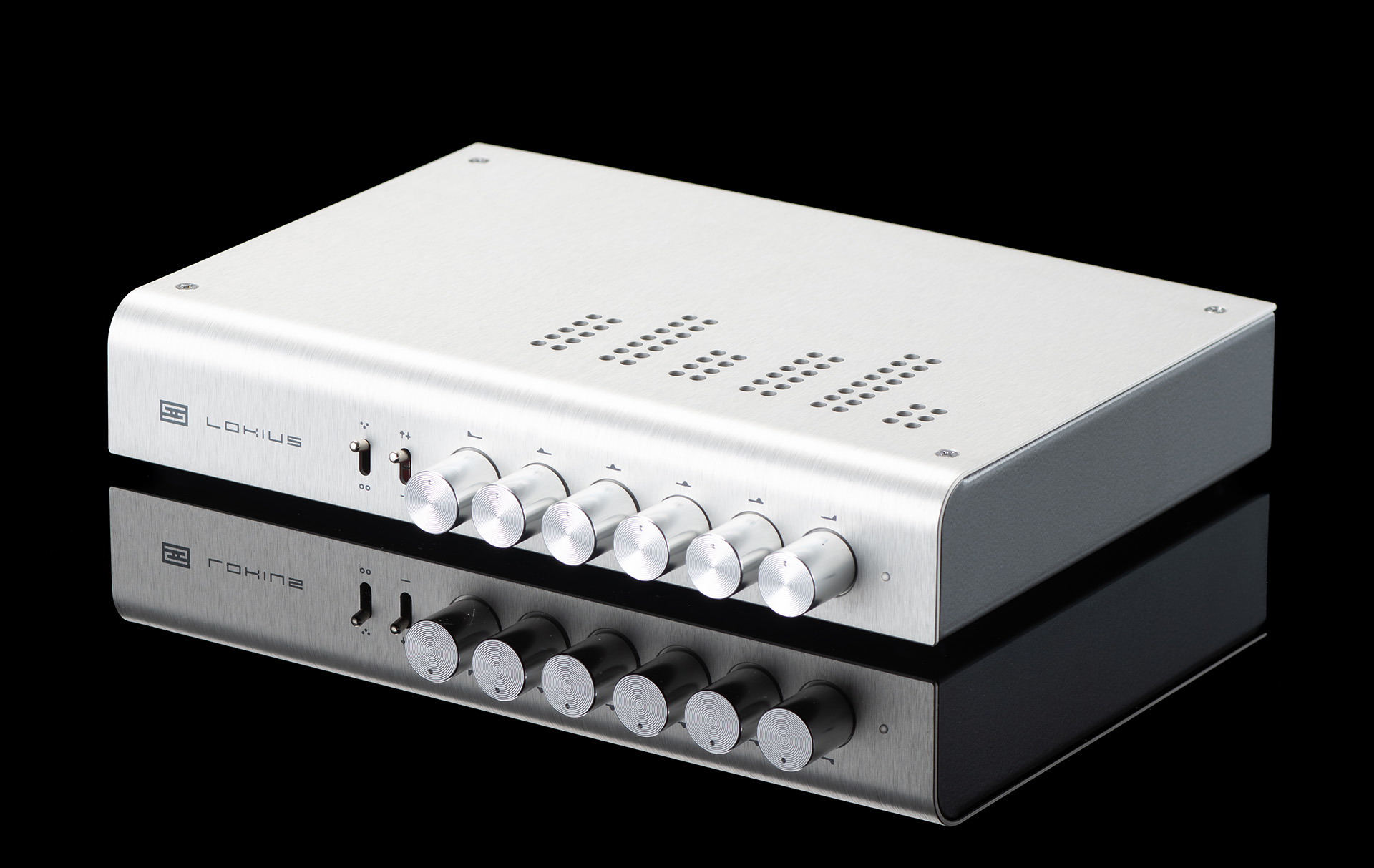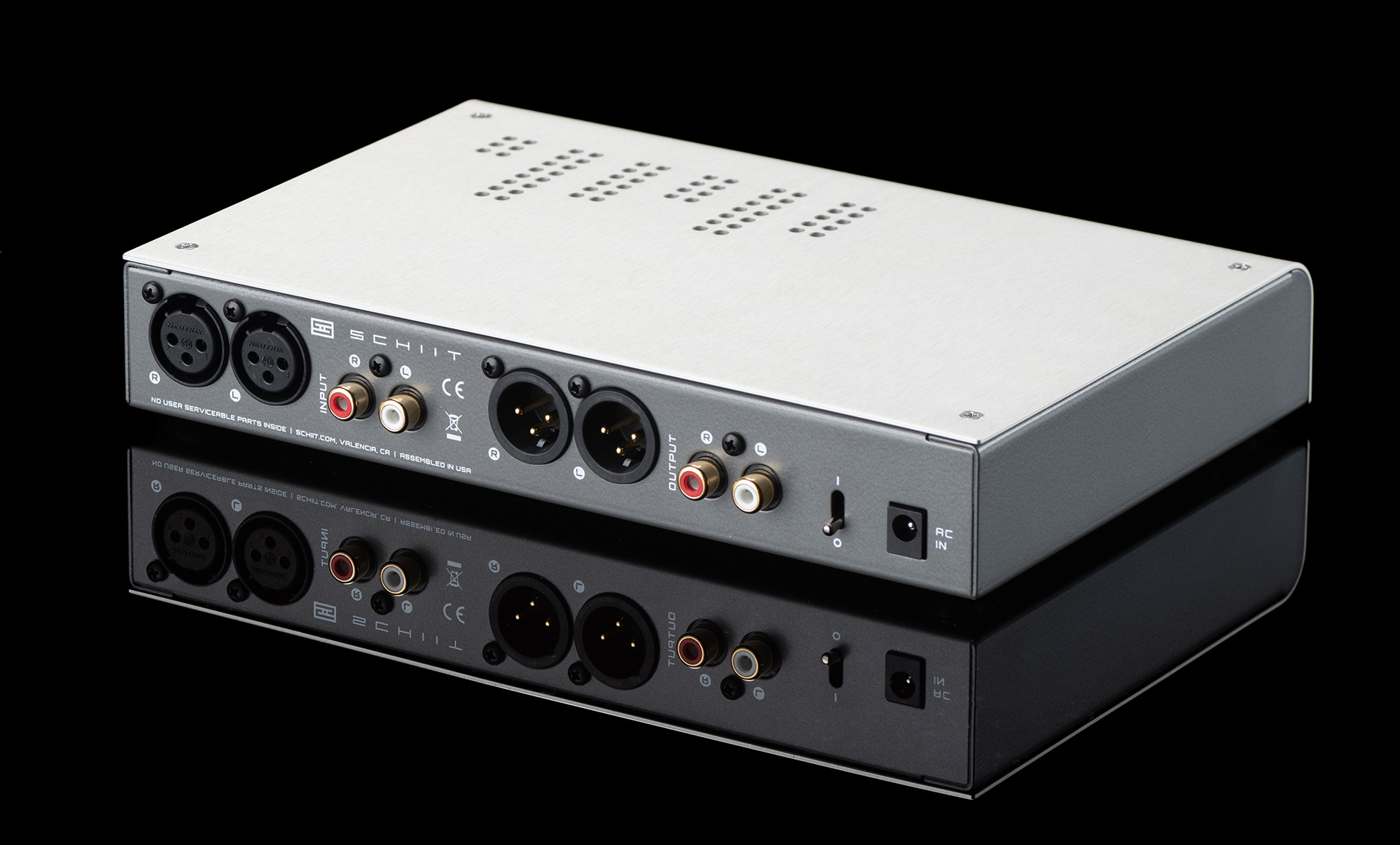Bands: 20Hz, 120Hz, 400Hz, 2kHz, 6kHz, 16kHz
Adjustment: +/-12dB at 20Hz and 16kHz, +/-9dB at 120Hz and 6kHz, +/-6dB at 400 and 2kHz
Maximum Output: 10V RMS (SE), 20V RMS (balanced)
Frequency Response: 20Hz-20Khz, -0.1db, 2Hz-1MHz, -3dB
THD: Less than 0.0008%, 20Hz-20KHz, at 2V RMS in/out, pots centered, active stage enabled, less than 0.002% at any potentiometer setting
IMD: Less than 0.001%, CCIF
SNR: Greater than 115db, unweighted, referenced to 2V RMS
Crosstalk: -85dB, 20Hz-20KHz
Output Impedance: 75 ohms
Input Impedance: 47K ohms
Topology: discrete, all-bipolar, symmetrical current-feedback design with matched parts throughout, DC coupled, with DC servo, plus dual-stage discrete superbuffer
Filtering: capacitor-gyrator for 20Hz and 120Hz, capacitor-inductor (LC) for all other bands
Power Supply: “Wall wart” style 14-16VAC transformer, dual regulated +/- 17V rails
Power Consumption: 6W
Size: 9 x 6 x 1.5”
Weight: 2 lbs





